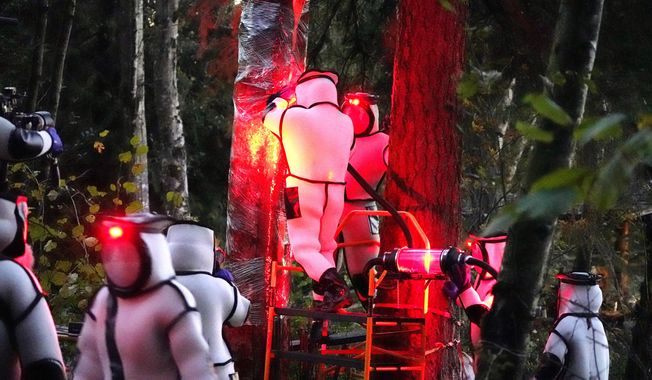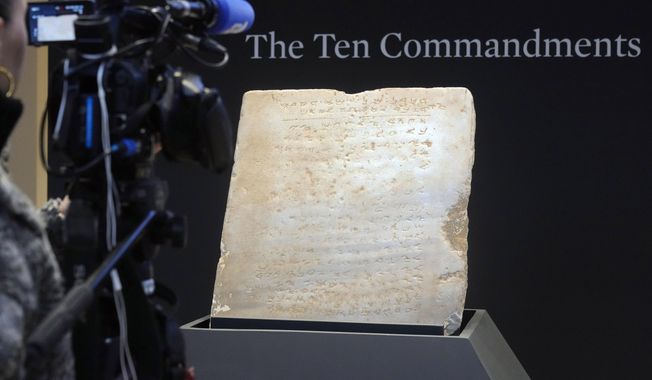
Journalists look at the frescoes coming from the sacellum, a small votive chapel, of a two-story home, or "Domus," dating from around 134-138 AD that was partially destroyed to make way for the construction of the Caracalla public baths, which opened in 216 AD, are on display at the Caracalla archaeological park in Rome, Thursday, June 23, 2022. The frescoed ceiling and walls of a domestic temple honoring Greco-Roman and Egyptian religious deities and believed to have belonged to a wealthy merchant family were first discovered in the mid-19th century about 10 meters (yards) underneath the current ground level of the baths, had been briefly exhibited but has been closed to the public for 30 years. (AP Photo/Domenico Stinellis)
Featured Photo Galleries








Trump Transition: Here are the people Trump has picked for key positions so far
President-elect Donald Trump has announced a flurry of picks for his incoming administration. Get full coverage of the Trump transition from The Washingon Times.






